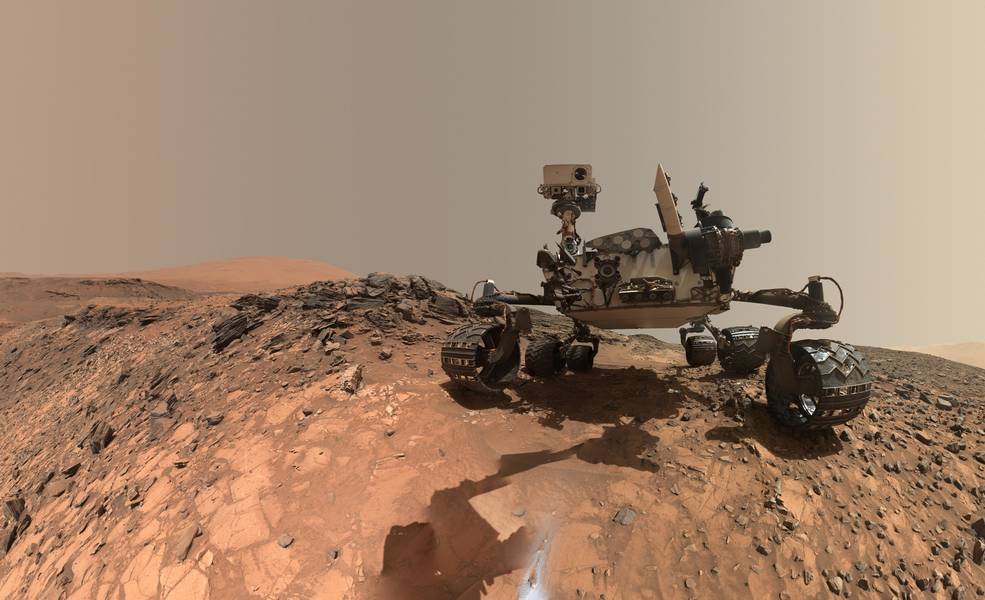
Credits: NASA/JPL-Caltech/MSSS
Nasa revealed on Thursday last week that they made new discoveries on our neighboring planet – organic molecules. The discovery reaffirms the hope of finding traces of life on the planet.
The US Space Agency, NASA’s unmanned car-sized robot Curiosity, which has among other things, drilled holes on Mars, been instrumental in making some new discoveries, NASA informed journalists at a press conference last week.
The new findings consist of organic molecules extracted from three billion years old stone. It has also measured variations in the levels of the gas methane in the Mars atmosphere – something that has never been seen before. The discovery shows that the content of methane varies with the seasons, which may have biological causes.
The discovery does not provide definitive proof of life itself but is a good indication that future expeditions to the planet surface can provide a deeper understanding of life that may have existed on Mars, and may still exist deep underground.
Organic molecules contain carbon and hydrogen, and also may include oxygen, nitrogen and other elements. These are usually associated with life, but can also be created through non-biological processes. So far, the source of the molecules is unknown, but the finding is of great importance, according to NASA.
“Whether it holds a record of ancient life, was food for life, or has existed in the absence of life, organic matter in Martian materials holds chemical clues to planetary conditions and processes.”
– Jen Eigenbrode of NASA’s Goddard Space Flight Center
“With these new findings, Mars is telling us to stay the course and keep searching for evidence of life,”
“I’m confident that our ongoing and planned missions will unlock even more breathtaking discoveries on the Red Planet.”
– Thomas Zurbuchen, associate administrator for the Science Mission Directorate at NASA Headquarters, in Washington.
Another clue has added to the incentive of finding life is a separate study in last week’s Science, Curiosity scientists report that traces of methane in the Martian atmosphere rise and fall with the seasons.
Nonbiological processes could explain the signal—but so could seasonally varying microbes. Fortunately, NASA’s next rover, Mars 2020, is set to collect some 30 rock cores for the return to Earth in subsequent missions.
Reference:
Jennifer L. Eigenbrode et al. Organic matter preserved in 3-billion-year-old mudstones at Gale crater, Mars DOI: 10.1126/science.aas9185
Christopher R. Webster et al. Background levels of methane in Mars’ atmosphere show strong seasonal variations DOI: 10.1126/science.aaq0131


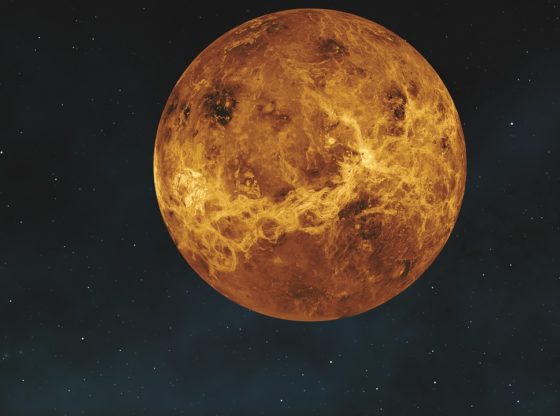
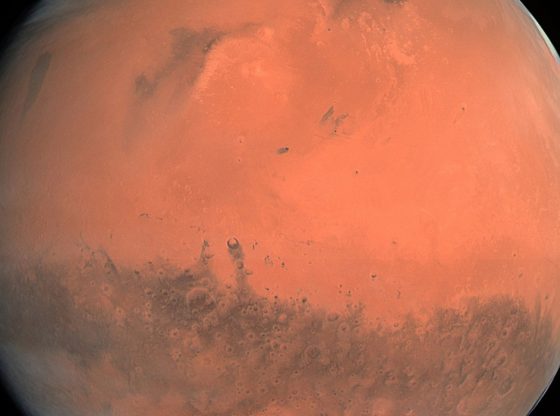
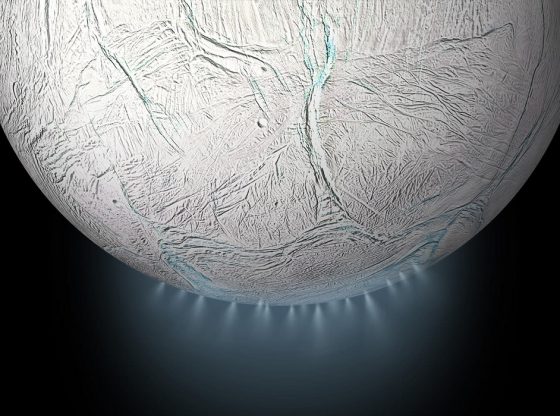
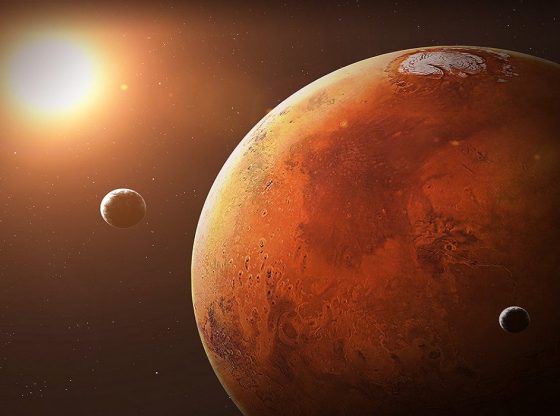
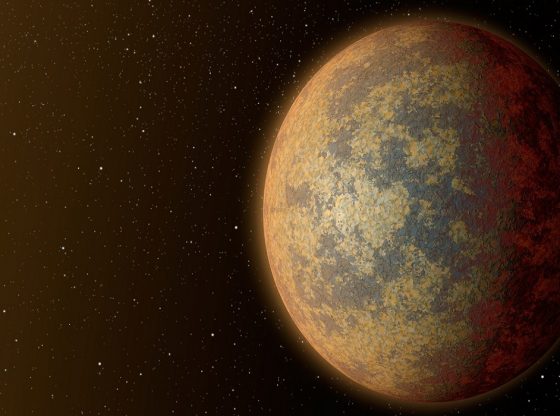




![OpenAI. (2025). ChatGPT [Large language model]. https://chatgpt.com](https://www.illustratedcuriosity.com/files/media/55136/b1b0b614-5b72-486c-901d-ff244549d67a-350x260.webp)
![OpenAI. (2025). ChatGPT [Large language model]. https://chatgpt.com](https://www.illustratedcuriosity.com/files/media/55124/79bc18fa-f616-4951-856f-cc724ad5d497-350x260.webp)
![OpenAI. (2025). ChatGPT [Large language model]. https://chatgpt.com](https://www.illustratedcuriosity.com/files/media/55099/2638a982-b4de-4913-8a1c-1479df352bf3-350x260.webp)








